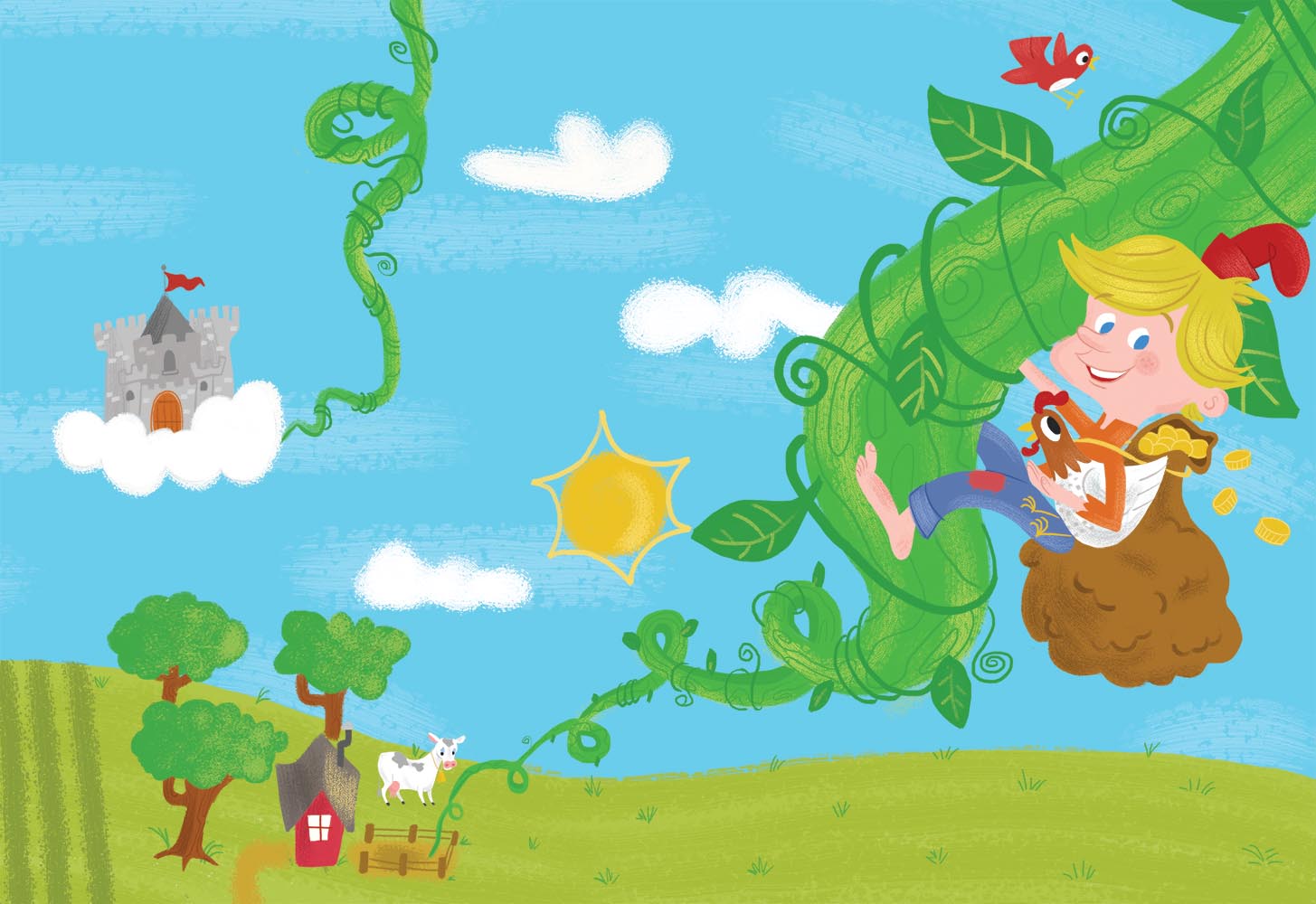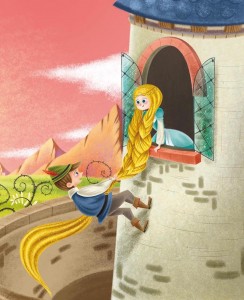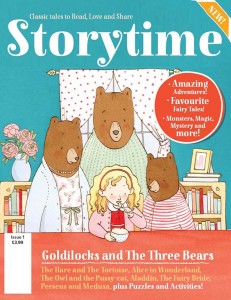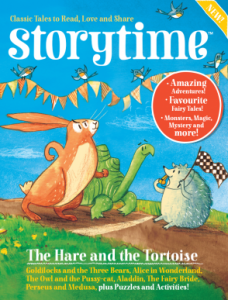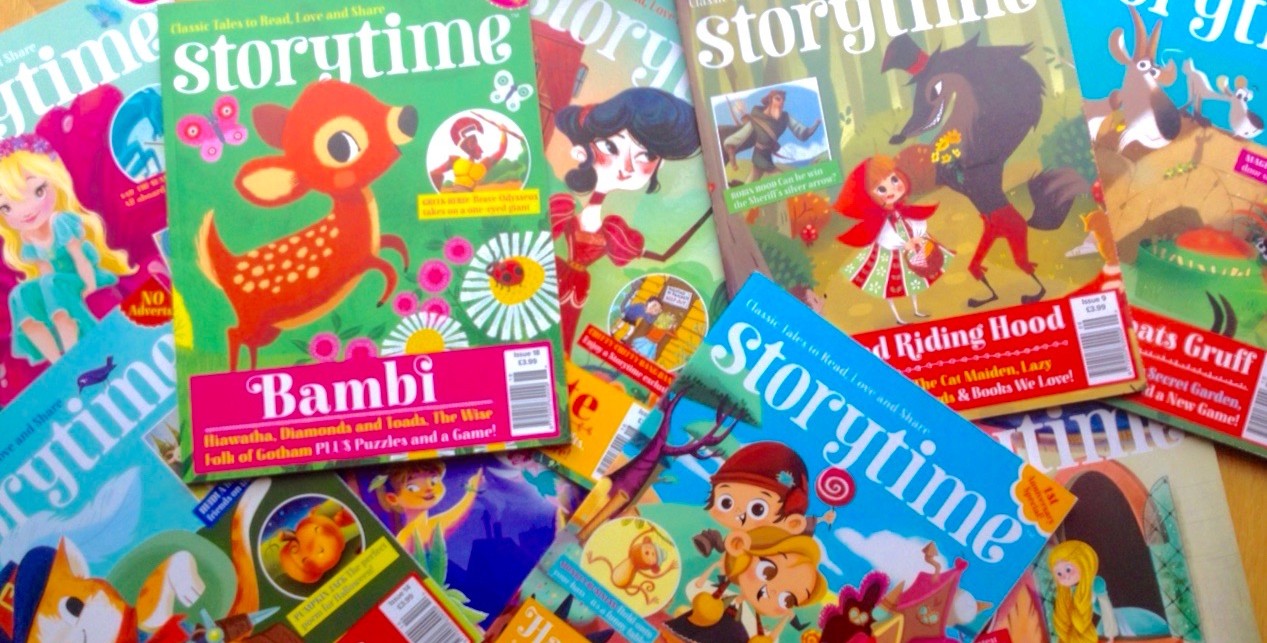Tell A Fairy Tale Day is a glorious made-up US celebration of unknown origin and, thanks to the power of social media, it has crossed the pond to the UK. (Follow #tellafairytaleday on Twitter when it comes round again next February.)
Telling, or rather, sharing fairy tales is something we do in every issue of Storytime. We do it because we love them. We do it because our readers love them. To be honest, right at the beginning we didn’t really question that. We were launching a magazine with stories for kids, consequently fairy tales had to be in it. That was that.
It’s only as we’ve researched and rewritten these tales, which have endured for hundreds (sometimes thousands) of years, that we’ve had a chance to reflect on the role they play in reading for pleasure, the influence they have on young minds – and the reasons we need to keep telling them.
So, here are our 5 reasons why you should all join the fun and tell a fairy tale!
1. They Inspire the Imagination
Of course, all stories feed the imagination, but fairy tales really are the original and the best. Want to climb a beanstalk to a magical place in the clouds? Attend a ball you really shouldn’t be at? Visit an ice palace and save your best friend from the Snow Queen? Whoever you are, wherever you are from, fairy tales take you by the hand and lead you on adventures far and wide and, in the process, encourage magical, creative thinking.
2. They Help Kids to Face Fears
Fairy tales also allow kids to confront real-life anxieties in fantastical settings. Those monsters under the bed seem that little bit less scary when kids know they have what it takes to outwit the witch who wants to eat their brother, the wolf who wants to blow down their house, or the three disgruntled bears who want to know why their home is trashed. Fairy tales can help your children deal with difficult emotions and find a hero or heroine they can relate to.
3. They Encourage Critical Thinking
One of the things I enjoy most about telling fairy tales are the questions kids ask. Probably my favourite ever was, “Why didn’t Rapunzel just ask him to bring a ladder?” Fairy tales are filled with flawed characters and bad decisions, all ripe for being pulled apart by curious young readers.
4. Kids Learn That Bad Things Do Happen…
It’s not all sugar-coated. Much like real life, fairy tales feature great adversity, and this brings an opportunity to discuss what constitutes good and bad. Little Red Riding Hood is saved, but only after being devoured by the wolf. The Gingerbread Man is ultimately eaten by the fox. Rapunzel is taken away from her parents. Snow White and Cinderella are both bullied by wicked stepmothers. There are many moral lessons to be learnt in fairy tales.
5. …But Dreams Can Come True
Fairy tales are the place where dreams come true – where monsters are easily vanquished, where bad people get their just desserts, where the impossible happens for those who are down-trodden. It’s more than just escapism, it’s about spreading optimism and hope in the world. And perhaps this is the most crucial reason of all.
For all these reasons and more, fairy tales play an important role in developing literacy in early childhood and helping kids to read for pleasure in school and at home, and I hope this post inspires you to snuggle up and read your latest copy of Storytime!
(And, ahem, if you don’t have the fairy tales mentioned above, you can pick them all up from our Back Issue Shop!)
Here’s to happily ever afters, folks!
